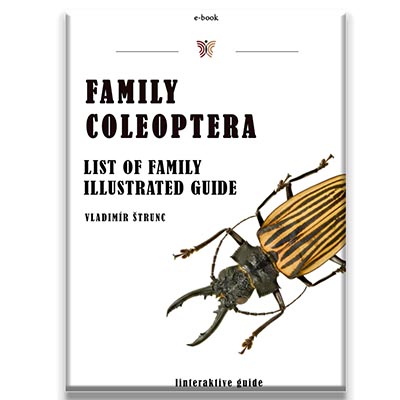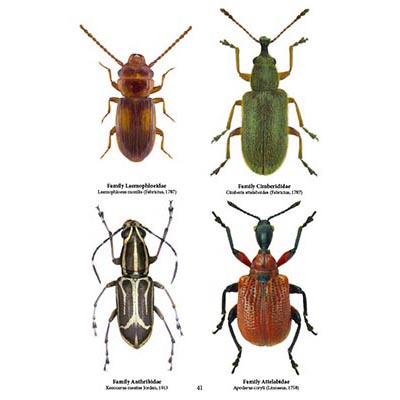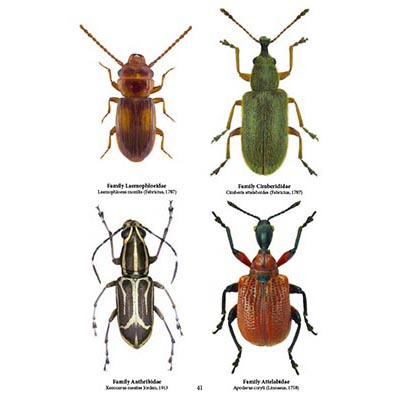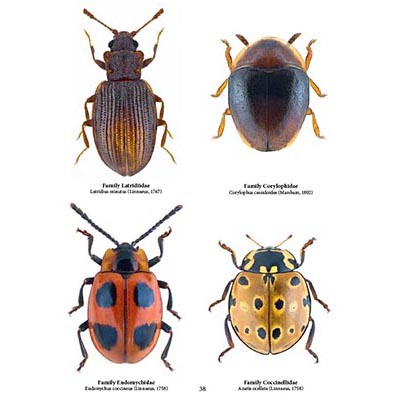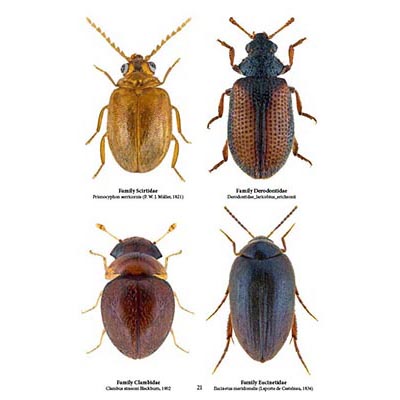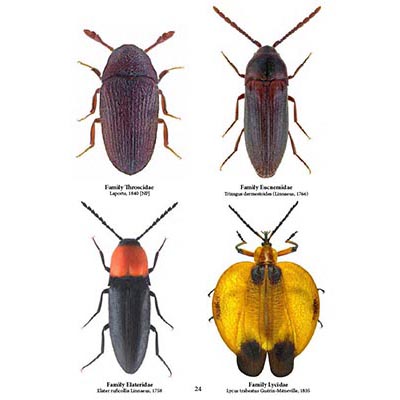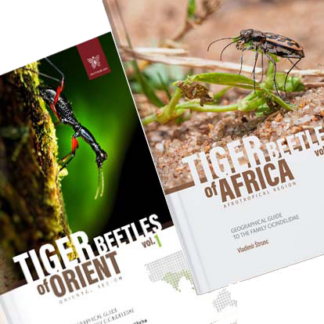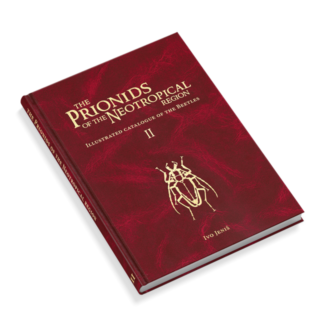Expanded Overview: Insect Identification Keys
Identification keys for Insects
Unique pictorial atlases for identifying Beetles. Insect identification keys are essential tools for entomologists, researchers, and hobbyists to accurately determine the species of an insect by systematically analyzing its physical traits. These keys are typically dichotomous, meaning they present paired choices based on observable characteristics. Below is a detailed exploration of their usage, construction, and available resources.
Beetles
How to Use Insect Identification Keys
Understanding Morphology
We recommend:
jeweled beetles, ground beetles, longhorn beetles, goliath beetle, stag beetle, carpet beetles
Before using an identification key, it is crucial to have a basic understanding of insect morphology. Familiarity with body parts such as antennae, wings, legs, and other structures ensures accurate decision-making when navigating the key.
Books about Beetles
Unique pictorial atlases for identifying Beetles:
(2020) Tiger Beetles of the World, Cicindelidae, Illustrated guide to the genera
(2023) Tiger Beetles of Africa, Cicindelidae, Geographical guide to the family Cicindelidae
(2024) Tiger Beetles of Orient, Cicindelidae, Geographical guide to the family Cicindelidae
(2022) Ground Beetles of Africa, Afrotropical Region
(2022) Jewel Beetles of the World, Buprestidae, Illustrated guide to the Superfamily Buprestoidea
(2008) The Prionids of the World, Prioninae, Illustrated catalogue of the Beetles
(2010) The Prionids of the Neotropical region, Prioninae, Illustrated catalogue of the Beetles
Dichotomous Process
The key operates through a series of couplets—paired statements describing specific features. For example:
Option 1: Wings covered by an exoskeleton → Proceed to Step 2.
Option 2: Wings not covered by an exoskeleton → Proceed to Step 3.
Each choice narrows down the possibilities until the insect is identified.
Iterative Selection
Users systematically follow the steps, choosing between options at each level until reaching a final identification.
Visual Aids
Diagrams or photographs of insect body parts can assist in distinguishing subtle differences between species.
Identification keys for Insects
Verification
Once identified, users should cross-check descriptions or compare specimens with type collections (authentic specimens used for classification) to ensure accuracy. Identification keys for Insects
Tips for Constructing Dichotomous Keys
Use constant and measurable characteristics rather than subjective terms like “large” or “small.”
Avoid seasonal traits or features visible only under specific conditions.
Frame choices positively (e.g., “is” rather than “is not”).
Begin paired statements with consistent wording for clarity.
Test the key with multiple specimens to ensure reliability.
Available Resources for Insect Identification
Canadian Grain Commission
Provides two types of keys:
A simple key for adult insects associated with stored grain in Canada.
A comprehensive key for beetles found in stored products worldwide.
University of Florida Bug Identification Key
Focuses on identifying insect orders, offering foundational knowledge in insect classification.
InsectIdentification.org
Features interactive tools like “BugFinder,” allowing users to identify insects based on silhouettes and specific traits.
Museum of Comparative Zoology (Harvard University)
Maintains a database with high-resolution images of type specimens from over 28,000 species across 29 orders and 565 families.
Natural History Museum (UK)
Offers interactive guides, identification keys, and forums for entomology enthusiasts. Identification keys for Insects
Identification keys for Insects
British Bugs
Includes clear photographs and galleries for easy identification of UK species.
Applications of Insect Identification Keys
Scientific Research: Keys are indispensable for taxonomic studies and ecological surveys.
Agriculture: Identifying pests helps implement effective management strategies.
Education: Students use keys to learn classification techniques and understand biodiversity.
Conservation: Accurate identification aids in monitoring endangered species and preserving ecosystems.
By systematically narrowing down possibilities based on observable characteristics, insect identification keys empower users to explore the vast diversity within the insect world effectively.
